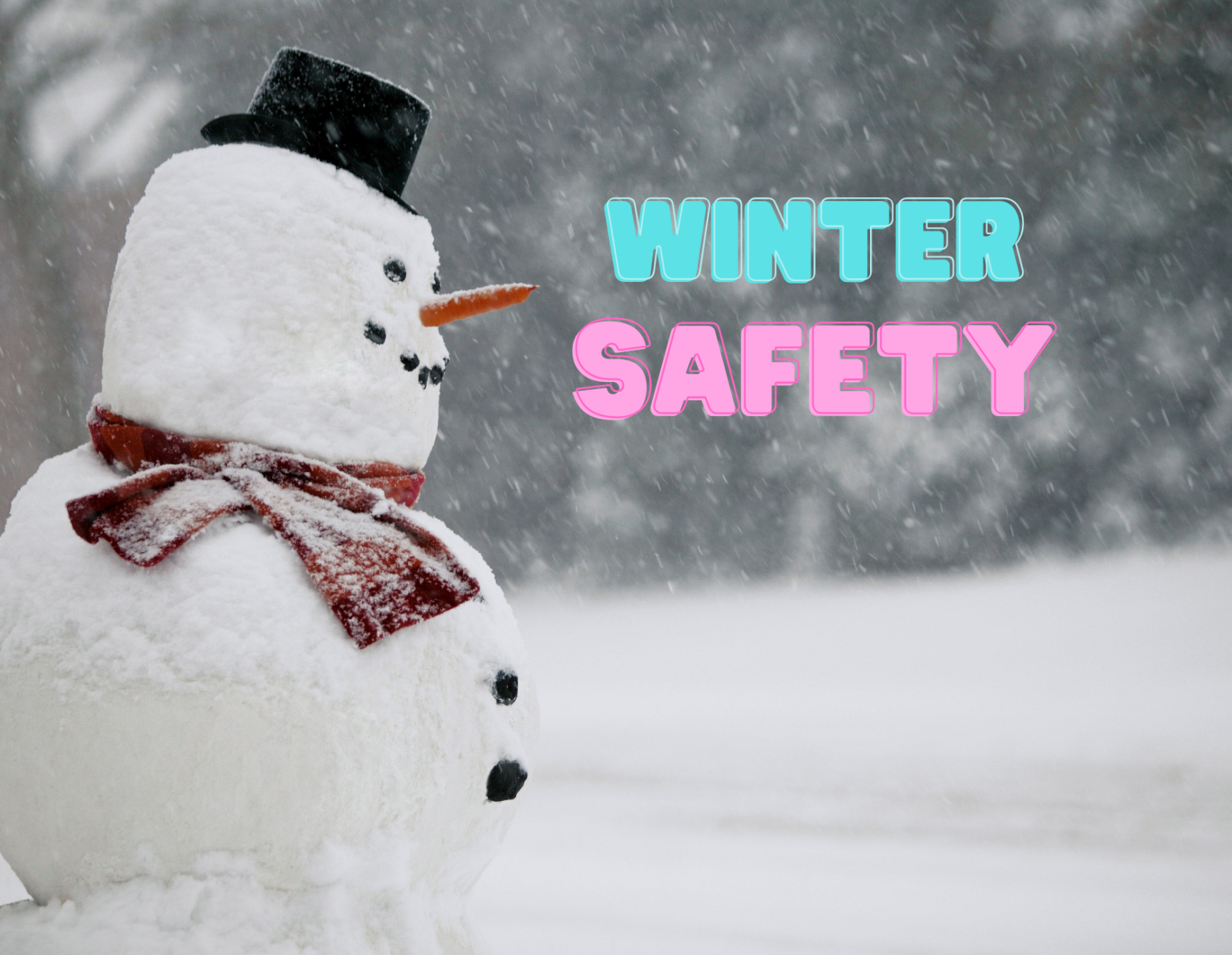Currently, these days feel like we are experiencing extra winter! Although winter comes as no surprise, many of us may not be ready for its arrival. Winter storms and cold temperatures are here, and they can be dangerous. Here are some tips on how we can stay safe and healthy by preparing for the season
Here is a list of resources to reach out for help:
- 211 Indiana – FSSA: Indiana 211
- Your Faith Community
- Township Trustees
- Your gas or electric company
- If you rent, your landlord or management company
Tip 1: Prepare Your Home
It is a good idea to winterize your home by installing weather stripping or insulation, cleaning out gutters, and repairing roof leaks. Be sure to check your heating system and double check that it is working properly. It is always good to have a safe alternate heating source or available fuels in case you’re heating suddenly stops working. Do not use oven/stoves as an alternate source and be very careful in the use of space heaters. If you do not have a working smoke detector, install one. Test batteries monthly and replace them twice a year. Sprinkle cat litter, salt, sand on icy patches, sidewalks, or driveway.
Tip 2: Prepare Your Vehicle
If you are getting ready for work or getting ready to take the kids to school, be sure to allow extra time to prepare your vehicle for cold weather. Never leave your children in the car alone and make sure that everything looks safe before driving. Below is a list from an article by the Center for Disease Control (CDC) of safety precautions to take on your vehicle.
- Service the radiator and maintain antifreeze level.
- Check your tires’ tread or, if necessary, replace tires with all-weather or snow tires.
- Keep the gas tank full to avoid ice in the tank and fuel lines.
- Prepare a winter emergency kit to keep in your car in case you become stranded. The kit should include:
- Cell phone, portable charger, and extra batteries
- Items to stay warm, such as extra hats, coats, mittens, blankets, or sleeping bags
- Food and water
- Booster cables, flares, tire pump, and a bag of sand or cat litter (for traction)
- Flashlight, battery-powered radio, and extra batteries
- First-aid kit
Tip 4: Prepare for Emergencies
It is never too late or too early to be prepared for weather-related emergencies, including power outages. Just as if you were planning to travel, be aware of current and forecasted weather conditions. Make sure you have a flashlight, extra batteries, first-aid kit and extra medicine, water and snacks, baby items and cat litter, salt or sand for icy walkways.
Tip 5: Take Precautions Outdoors
As much as we enjoy the outdoors, outdoor activities can expose you to several safety hazards. Make sure you are wearing appropriate outdoor clothing: wear a tightly woven, preferably wind-resistant coat or jacket; inner layers of light, warm clothing, mittens, hats, scarves, and waterproof boots. With children it is the same thing. However it good to think, “If your child’s feet and hands are warm, what they are wearing is usually good. If your child is dressed too warm, they could sweat and feel colder when they stop playing.” Again, children must be dressed appropriately so that their body is protected from the cold.
Tip 6: Playing in the Winter
If children are outdoors, they should never be unsupervised. It is better to keep children indoors if the temperature or the wind chill is reported to be -16°F or lower. At these temperatures, exposed skin will begin to freeze. If they are outdoors, be sure to check often to see that your child is warm and dry. Younger children should take regular breaks and come inside for a warm drink. Choose play areas away from roads, fences and water. Take extra caution when crossing roads. It might be hard for drivers to see if they have snowy or frosty windows. Icy roads can also make it difficult to stop.
Tip 7: Know the Signs
Make sure to know the signs of frostbite and hypothermia! Frostbite and hypothermia, while both involving cold temperatures, are different. Frostbite is the localized freezing of extremities, where hypothermia occurs when the body temperature is dangerously low. Frostbitten skin, typically on the fingers, ears, nose and toes, will be pale, gray and can become blistered. If you think your child has frostbite, bring them indoors and put the affected area in warm (not hot) water. Signs of hypothermia include shivering, numbness, a glassy eyed stare and unconsciousness. If you think your child has hypothermia, call 911 and gently move them to a warm location. See the MSU Extension article, “Protect yourself from hypothermia and frostbite while outside this winter,” to learn more about the difference between frostbite and hypothermia, including first aid tips.
Tip 8: Safety Near Water
In the winter a lot of folks forget that water, such as lakes and retention ponds, can be dangerous. If you live near any source of water, make sure to always supervise children and keep them within arm’s reach. Do not walk on any ice. You want to take the same precautions whether you are in a city or a rural area because ice conditions change constantly, so you need to pay attention to your surroundings.
References
Carrie Shrier, M. S. U. E. (2022, January 21). Winter safety tips for kids. Early Childhood Development. Retrieved January 28, 2022, from https://www.canr.msu.edu/news/winter-safety-tips-for-kids
Centers for Disease Control and Prevention. 2022. Winter Weather. [online] Available at: <https://www.cdc.gov/nceh/features/winterweather/index.html> [Accessed 28 January 2022].
Winter Safety: Advice for Parents and kids. Caring for kids. (n.d.). Retrieved January 28, 2022, from https://caringforkids.cps.ca/handouts/safety-and-injury-prevention/winter_safety
Prepared by PCAIN Intern Franchessca Cardenas, Feb2022

